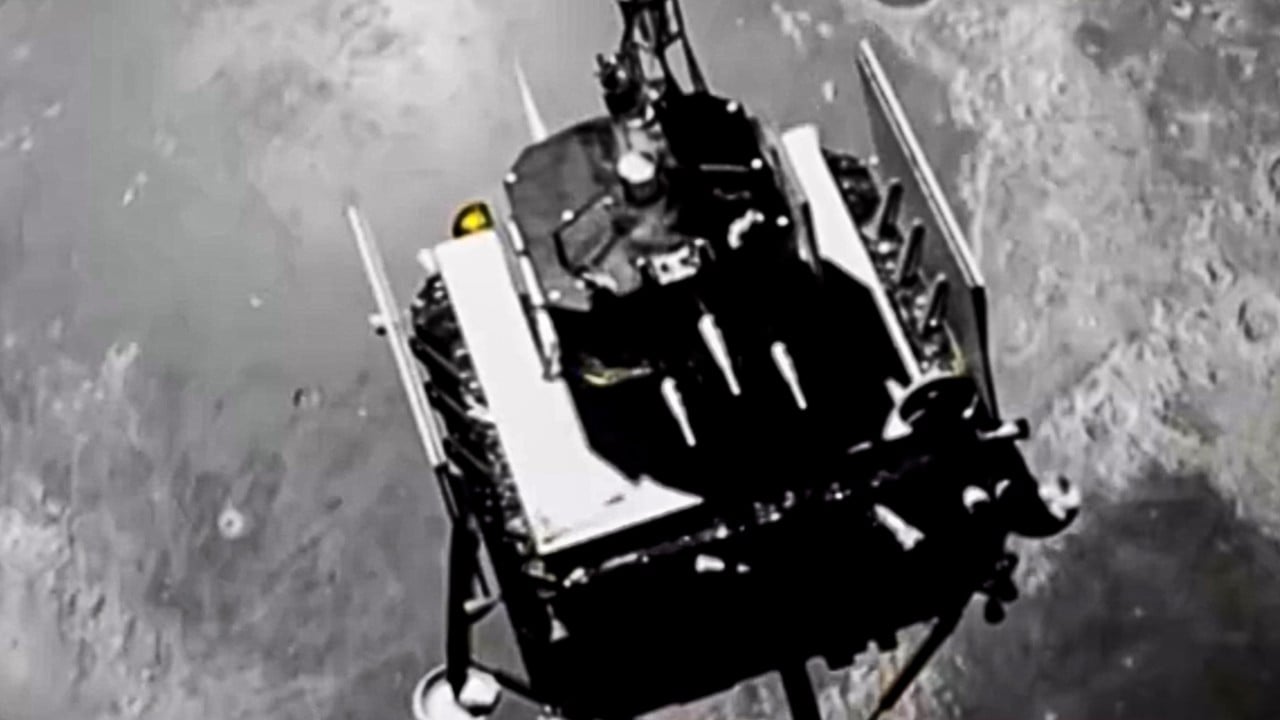China-France satellite launched to monitor most powerful explosions in space
“The launch of SVOM closed a loop which started 18 years ago,” François Gonzalez, SVOM’s French project manager at CNES, said.
Over the years, members of the scientific and technical teams learned how to “adapt their own ways” to work together and push the mission forward, he said.
While such flashes of light provide unique insights into major cosmic phenomena, they are notoriously hard to catch as they can appear anywhere in the sky and last for just a few seconds.
SVOM will be able to observe in different wavelengths and obtain “the most complete set of data” showing how the explosions occur and evolve over time, Gonzalez said.
SVOM is equipped with four state-of-the-art instruments – two built in France and two in China. For instance, the French-built ECLAIRs telescope will play a critical role, autonomously spotting bursts in near-real time in the gamma as well as x-radiation energy range.
Bertrand Cordier, the mission’s French principal investigator from the Saclay Nuclear Research Centre near Paris, noted that coordinated observations between the SVOM and large, ground-based telescopes are key to understanding the explosions.
“The major challenge of the mission is to determine the origin of gamma-ray bursts,” Cordier said. “What environment do they come from? At what period are they created? Only detailed analyses of their light carried out by terrestrial telescopes can answer these questions.”
SVOM is expected to detect 70 to 80 gamma-ray bursts each year.
Space has been a top priority for scientific collaboration between the two countries. The partnership between the two national space agencies started in 1997, when Beijing and Paris signed an agreement on the peaceful use of outer space.
The China-France Oceanography Satellite, launched in 2018, has allowed scientists from around the world to make more accurate ocean forecasts and deliver earlier warnings of severe weather events.
